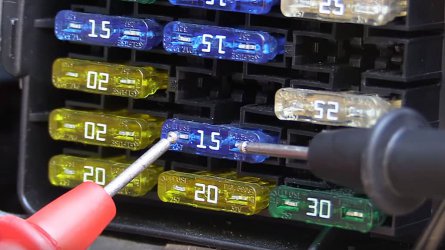Hey all,
I've watched a few videos on how to properly test for amperage draws in the fuse box, but I'm fairly certain the aftermarket alarm that came with the car is causing the issue. The car has eaten two batteries since I bought it, and I'd like to get the issue sorted. Are aftermarket alarm installations fairly similar for SN95s? Reason I ask is there a certain size fuse I should focus on first? Any potential impacts on removing said alarm from the car that I would need to take into consideration?
I'm no electrician by any stretch of the imagination so any help to narrow down the draw would be greatly appreciated.
I've watched a few videos on how to properly test for amperage draws in the fuse box, but I'm fairly certain the aftermarket alarm that came with the car is causing the issue. The car has eaten two batteries since I bought it, and I'd like to get the issue sorted. Are aftermarket alarm installations fairly similar for SN95s? Reason I ask is there a certain size fuse I should focus on first? Any potential impacts on removing said alarm from the car that I would need to take into consideration?
I'm no electrician by any stretch of the imagination so any help to narrow down the draw would be greatly appreciated.



